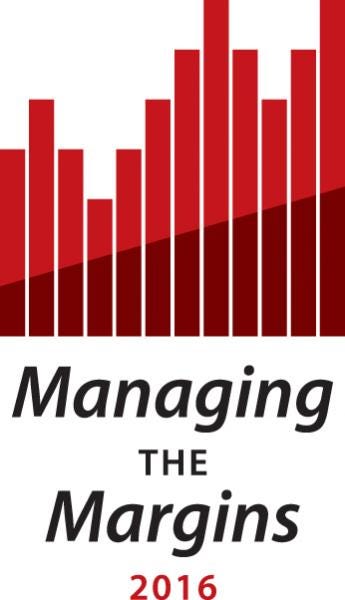March 2, 2016

Before buying stocker cattle, producers should ask themselves a few questions to determine if the stocker cattle business is the correct business for them.
Producers in the stocker cattle business have seen both ends of the spectrum the past few years. The variability in margins the past several years brings to question how 2016 stocker margins are coming into form and what opportunities or pitfalls lie ahead.
Windfall profits were experienced when producers were buying cattle on a firm market and selling cattle on a stronger market during 2013 and 2014. Margins then moderated when feeder cattle prices leveled. The higher cattle price level brought on more production and price risk as the investment was greater but margins were average at best. Lastly, producers began purchasing on a softer market that continued to weaken which is what resulted in fairly large losses in the back half of 2015 and the beginning of 2016.
What do the margins look like for 2016?
After determining if the stocker business is the right business, then the numbers can be run. There are several key aspects to consider when evaluating the stocker business to determine if it is a fit for the operation:
The stocker business is high risk. Stocker producers take on heavy doses of production and price risk. Production risk is primarily associated with mortality, morbidity, and growing performance. Price risk enters the equation from the standpoint of calf purchase price, feeder cattle sell price, and feed prices. The biggest price risk is the uncertainty of the sell price 100 to 150 days in the future, but some of this risk can be transferred by utilizing price risk management tools (futures, options, forward contract, and livestock risk protection insurance).

“Managing the Margins: 2016” is a Southeast Farm Press series providing information and strategies to manage the financial risks associated with farming in the Southeast.
“Managing the Margins: 2016” is a Southeast Farm Press series providing information and strategies to manage the financial risks associated with farming in the Southeast.The stocker business requires patience. Stocker cattle often encounter health issues the first few weeks after receiving which require the producer to treat cattle. Treating the cattle is the easy part. The difficult part is identifying sick cattle early (before they really appear sick) so the treatment being provided actually has time to work. Thus, producers must be patient and take time to observe the cattle at least once a day if not multiple times a day to identify sick cattle. Cattle are prey animals, and sick cattle will try their best to fit in with the rest of the group. Producers have to be patient while observing the cattle.
The stocker business can tie up a lot of capital. Purchasing enough calves (60 to 70 head) to fill a tractor trailer (48,000 to 50,000 lbs) at the end of the stockering period can require $55,000 to $70,000 with current prices. This may or may not seem like much but the number grows quickly when considering the purchase of two or more loads at a time. If a producer does not have the capital on hand then that producer will have to find out if a lending institution is willing to make the loan.
The stocker business pairs well with others. The stocker business can pair well with cow-calf production and row crop production. Smaller cow-calf producers may benefit from purchasing stocker cattle to group with home raised calves to make uniform load lots of cattle to market. Full loads generally receive a higher price than smaller lots of cattle. The main risk is home raised cattle contracting sickness from the purchased calves. Row crop producers may consider stocker production because it is a method of harvesting cover crops on crop ground. Stocker cattle grazing cover crops provide another source of income from the land which is generally most farmers most limiting input.
The stocker business is a team game. Some stocker producers take time out of their day to locate, bid on, and purchase cattle while others pay someone else (order buyer) to locate the cattle. A wise man once said, “Cattle bought right are half sold!” Sometimes it pays to pay someone else to locate the cattle.
The stocker business is not for everybody. The business of purchasing calves, providing a health program, having some die, marketing calves, and hoping to make a profit is not for everyone. Producers should seriously consider how much risk they are willing to take before jumping into the business. The stocker business is not the cow-calf business. Just because someone has a successful cow-calf business does not mean they will have a successful stocker cattle business. They are two distinct businesses requiring different skill sets. If someone has never been part of the stocker business and wants to be then they should ask lots of questions, listen more, and study the game before purchasing calves.
By now, someone is asking what margins are going to look like for 2016. It is always difficult to predict prices, but producers purchasing cattle in mid- to late-winter should be able to pencil a modest profit. Nothing points to huge profits, but if those calves are marketed in the late July to early September time period then profits should exist. Price seasonality is expected to be evident in the market this year.
It may benefit some producers to hold off on purchasing calves until after the spring grass cattle run. This will mean a lower investment and possibly a better chance to profit from stocker cattle production.
(Andrew Griffith is a University of Tennessee Extension livestock economist and assistant professor with UT Department of Agricultural and Resource Economics. He can be reached at [email protected].)
You May Also Like




